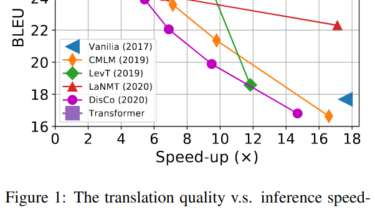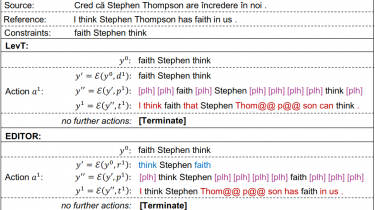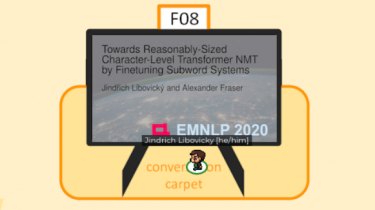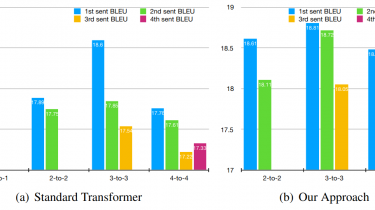Machine Translation Weekly 66: Means against ends of sentences
This week I am going to revisit the mystery of decoding in neural machine translation for one more time. It has been more than a year ago when Felix Stahlberg and Bill Byrne discovered the very disturbing feature of neural machine translation models – that the most probable target sentence is an empty sequence and this it is a sort of luck that we decode good translations from the models (MT Weekly 20). The paper disproved the narrative of NMT […]
Read more


